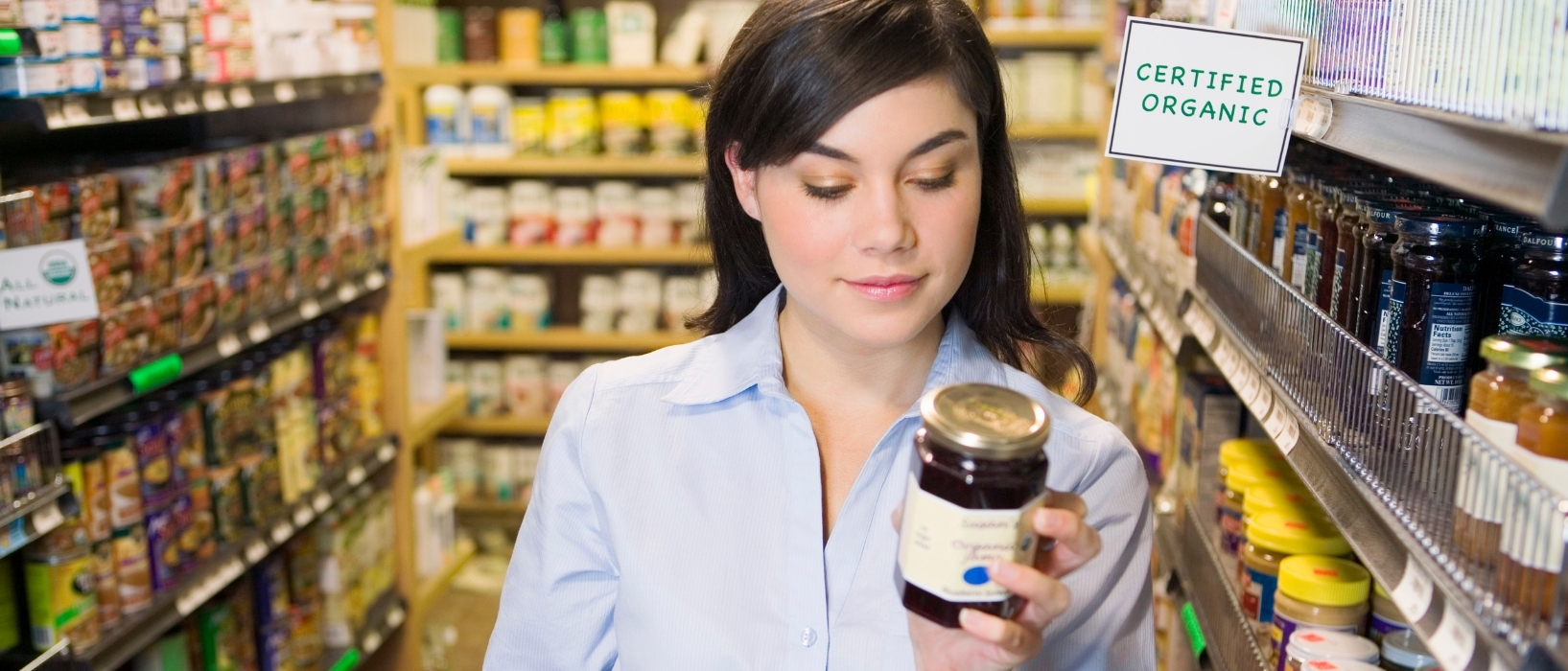
The food we choose to eat plays a massive role in our environmental and carbon impact, from how it’s grown and manufactured, to its delivery, to the packaging it comes in.
A growing number of people are becoming aware of this and want to make a change for the better. However, it can often be difficult to know what the more eco-friendly choices are.
To help make the process a little easier, Play it Green is giving you a quick guide to the most common sustainability-related food labels.
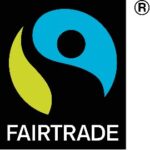
Known worldwide, the Fairtrade label launched all the way back in 1992 and certifies that companies and farmers in the food supply chain are meeting certain social, economic, and environmental standards.
It means that all the workers involved are paid a fair wage and have better and safer working conditions.
They also provide ‘Fairtrade Premium’, giving the farmers extra money they can invest back into the local community in whichever way they choose.
This covers anything from improving environmental sustainability to investing in education.
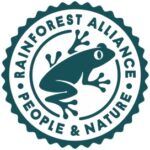
The Rainforest Alliance is another label you have likely seen before. It comes on a wide variety of products and, similarly to Fairtrade, demonstrates that growers are meeting a particular set of ecological standards.
They focus on four different areas: forests and biodiversity, climate impact, rural livelihoods, and human rights, providing growers with tools and skills to improve their practice in these areas.
It is worth noting, however, that this label only guarantees that at least 30% of the ingredients are Rainforest Alliance certified.
While this does provide smaller companies a useful entry point they can improve upon, it can be slightly misleading to those looking to buy more sustainably.
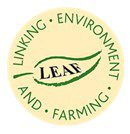
Displayed on meat, diary, and vegetables, Leaf is another globally recognized system focused on sustainable farming methods.
They use one approach in particular called ‘Integrated Farm Management’ (IFM) which combines modern technology with traditional farming methods.
This focuses on 9 different areas including everything from pollution and energy usage to animal husbandry and nature conservation. It even means that farms have to engage with their local communities.
In terms of these eco-labels, Leaf has some of the highest standards, and with 43% of fruit and veg in the U.K. already being certified, it shouldn’t be too hard for you to spot.
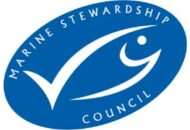
The Marine Stewardship Council is, of course, a seafood-specific label.
This badge shows that your food has been caught under sustainable fishing practices. This means ensuring that they are well-managed, only fish in healthy stocks, and have little impact on other species and the wider eco-system.
To remain certified, fisheries also have to continually improve their methods, making sure they’re always up-to-date on the most sustainable practices.
As marine populations decline globally from overfishing and climate change, the MSC label can help you know whether your seafood is changing things for the better.
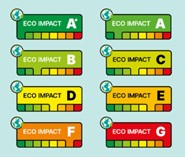
A new pilot scheme recently launched by the U.K. government introduced ‘eco-score’ labels.
They use a ‘traffic light system’ to indicate the environmental impact of the food product, taking into account carbon emissions, water usage, water pollution, and biodiversity loss from all stages of the product’s life cycle.
The scheme has been supported by big brands such as Marks & Spencer’s, Sainsbury’s, the Co-op and Costa Coffee, so you might just start seeing this label around.
If the pilot is successful, a full roll-out is planned for 2022.
While efforts to try and become more environmentally aware can seem difficult, expensive, or time-consuming, there are often small and impactful steps you can take.
This is something we believe in wholeheartedly here at Play it Green, which is why we are dedicated to providing simple and affordable ways for you to become more sustainable.
Alone, the impact of these changes may be small, but together we can make a real difference.